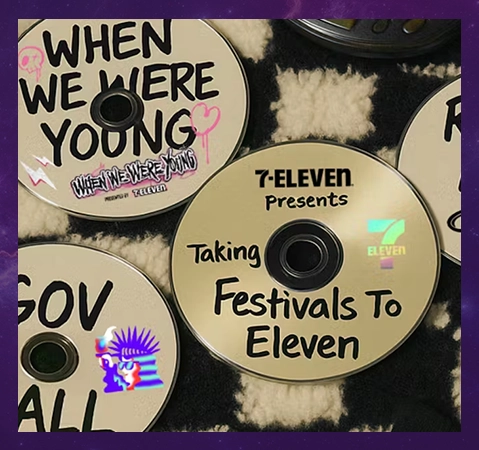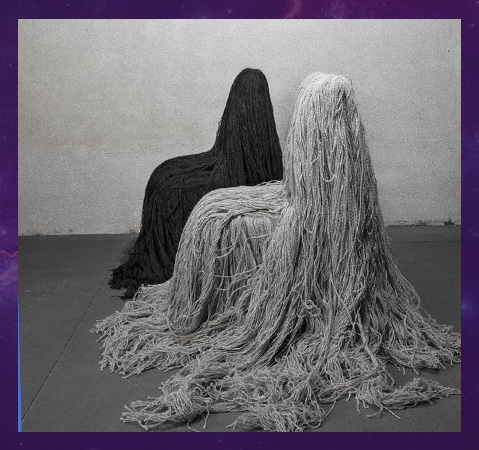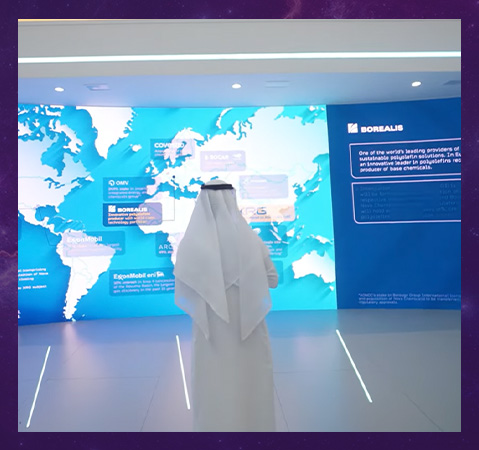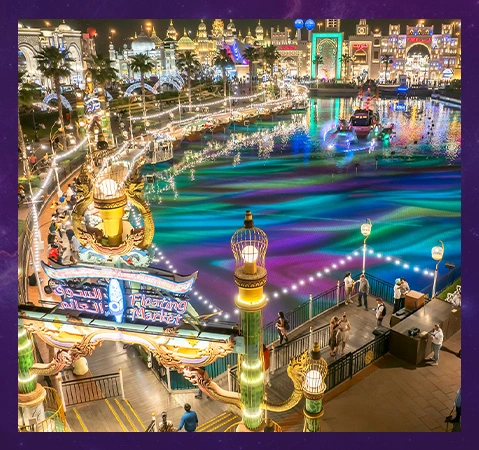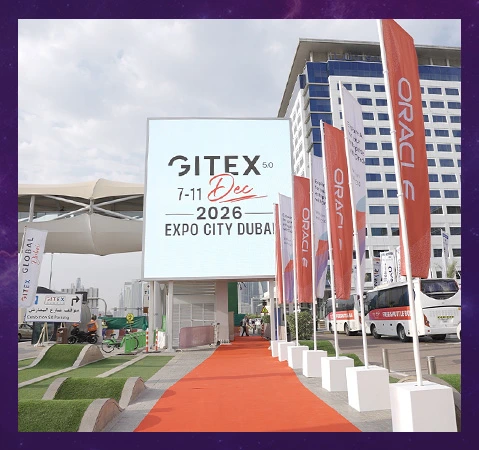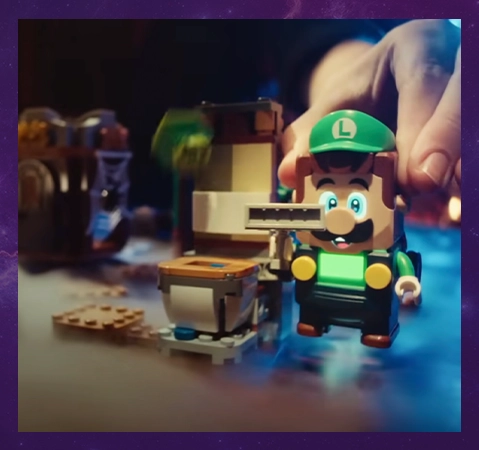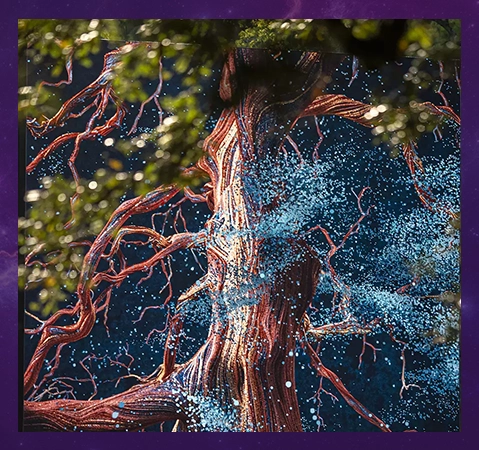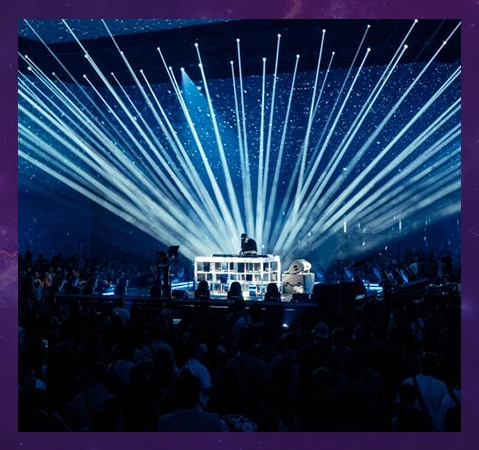
Cartier’s Women’s Pavilion at Expo 2025 Osaka: Immersive Storytelling for Gender Equality
share

World Expos have long been stages where nations and brands come together to imagine what the future could look like — and more importantly, who gets to shape it. At Expo 2025 Osaka, amidst conversations about innovation, sustainability, and human progress, one pavilion quietly yet powerfully stands out: Cartier’s Women’s Pavilion.
Under the theme “When women thrive, humanity thrives,” the French Maison brings its vision of gender equality to life through an immersive, multidimensional experience that merges storytelling, architecture, and activism. The pavilion is a continuation of Cartier’s bold initiative first seen at Expo 2020 Dubai — now reimagined and elevated for the Japanese context, both physically and philosophically. The Pavilion’s second chapter in Osaka reflects a deeper commitment to gender equality—blending architectural storytelling, ethical design, and emotionally resonant content creation. While the initiative aligns with Expo’s sub-theme "Empowering Lives," Cartier carves a unique space, positioning itself not only as a jeweler of elegance but as a curator of meaningful dialogue.
What distinguishes this Pavilion is its seamless integration of interactive installations, immersive technology, and curated storytelling—powered by global voices like Banana Yoshimoto, Xiye Bastida, and Emi Mahmoud. These aren’t abstract ideas delivered on screens; they’re personal, urgent, and rooted in lived experience. Combined with thoughtful exhibition design and Japanese craftsmanship, the Pavilion offers a rare kind of resonance—where message and medium are in perfect harmony.
Now, let’s explore how Cartier has redefined its approach to luxury and cultural advocacy through the architectural brilliance and immersive storytelling at the heart of the Women’s Pavilion.
#1 Designed to Connect: An Architectural Dialogue Between Craft and Cause

At the heart of Cartier’s Women’s Pavilion at the Osaka Expo, running from April 13 to October 13, is its architecture—a thoughtful embodiment of its mission. Designed by Yuko Nagayama, one of Japan’s leading female architects, the Pavilion represents a delicate blend of traditional craftsmanship and contemporary purpose. Drawing inspiration from Kumiko, a centuries-old Japanese woodworking technique that avoids nails through intricate joinery, the structure is built using locally sourced, sustainable materials, underscoring the Maison’s commitment to both artistry and environmental responsibility.
However, the Pavilion’s design goes beyond traditional aesthetics. It functions as a stage for experiential technology, subtly incorporated to enhance the storytelling without overshadowing the organic beauty of the space. Interactive displays invite visitors to engage directly with the narratives of global women, while kinetic lighting responds to human movement, symbolizing the interconnectedness of the stories shared within.
The Pavilion’s open lattice structure fosters a sense of transparency—both physically and metaphorically. Light filters through the wooden panels, symbolizing how stories and values transcend generations. This openness echoes Cartier’s commitment to inclusivity and accessibility, inviting all visitors to step into a space that reflects the shared experience of gender equality.
By opting for elegance, humility, and careful custom exhibition design, Cartier reinforces that real luxury today is grounded in purpose, dialogue, and craft. The Pavilion stands as a reminder that sometimes the most impactful statements are the quietest ones, particularly when built to last and crafted with thoughtfulness.
#2 Immersive Storytelling: Giving Voice to Global Women Through Technology

The emotional core of Cartier’s Women’s Pavilion lies not in its materials, but in its stories. Rooted in the belief that storytelling is a powerful tool for social change, the Pavilion curates personal, often intimate narratives from a diverse global community of women—activists, artists, thinkers, and changemakers.
These stories are presented through a tapestry of immersive technology and tactile design. Inside the pavilion, interactive screens allow visitors to explore testimonies in multiple languages, offering both accessibility and depth. The content is designed to adapt to the user’s pace and curiosity—no two visitor journeys are exactly the same.
In one zone, multimedia content is projected in layered motion—text, spoken word, archival footage—creating a kind of living collage. In another, holographic storytelling moments offer a more poetic interface, where spoken word performances by figures like poet Emi Mahmoud hover in space, evoking presence and vulnerability at once.
This thoughtful blend of immersive technology and experiential design serves as an inspiration for companies like Sentient by Elysian (SBE), a UAE-based expert in creating transformative, interactive spaces. Drawing inspiration from global exhibitions such as Cartier’s, SBE uses storytelling to design environments where technology and emotions intersect. Their approach, much like Cartier’s, focuses on creating spaces that engage the audience—not through spectacle, but through deep, personal connections. By leveraging tools such as interactive displays, augmented reality, and virtual reality, SBE curates experiences that amplify narratives, challenge perceptions, and foster empathy.
SBE’s work continues to push the boundaries of what experiential marketing can achieve, and much like Cartier’s Pavilion, it emphasizes the quiet power of immersive storytelling—the art of crafting stories that leave a lasting emotional imprint.
#3 Brand Evolution: Cartier’s Shift from Luxury Icon to Cultural Advocate

For decades, Cartier has been synonymous with elegance, craftsmanship, and heritage. At Expo 2025 Osaka, however, the Maison is expanding the boundaries of what a luxury brand can represent. Through the Women’s Pavilion, Cartier is not simply showcasing its products—it is engaging in a cultural dialogue that blends high design with social advocacy.
This Pavilion is a reflection of Cartier’s evolving role in the world. It is not a one-off sponsorship or a marketing campaign. Rather, it is part of a broader strategic pivot towards experiential events that resonate on a human level. Cartier isn’t just presenting luxury items; it’s presenting ideas, perspectives, and conversations that challenge societal norms and push for progress on gender equality.
In creating this space, Cartier takes on a role that is more akin to a curator than a traditional brand. It facilitates cross-cultural exchange and fosters emotional connections, not through logos or product showcases, but through the stories of global women. Through this, Cartier aligns itself with a new generation of consumers—those who seek meaning in addition to aesthetics.
By collaborating with renowned architects, writers, poets, and activists, Cartier moves beyond the realm of luxury goods and positions itself as a cultural advocate, playing an active role in shaping the future of social change. This approach reflects a fundamental shift in how the brand operates, one that goes beyond traditional marketing and dives into the realm of cultural diplomacy.
Through this evolution, Cartier doesn’t just stay relevant—it becomes a progressive, human-first brand. This shift allows it to remain at the forefront of not only the jewelry world but also in the broader cultural conversation.
To Sum It Up!
In the end, we can say that Cartier’s Women’s Pavilion at Expo 2025 Osaka is more than just an architectural feat or a showcase of luxury. It is a powerful message about the importance of gender equality and the strength of women. By merging art, storytelling, and technology, Cartier highlights the need for empathy, inclusivity, and empowerment.
This initiative serves as a reminder that true progress lies in giving voice to those often unheard and in using platforms for meaningful change. Inspired by this, companies like Sentient by Elysian (SBE) are shaping their own approach to immersive experiences, emphasizing the power of storytelling to create spaces that not only inform but also inspire action. In the end, it’s a shared commitment to creating lasting impact through thoughtful design and meaningful connections.






